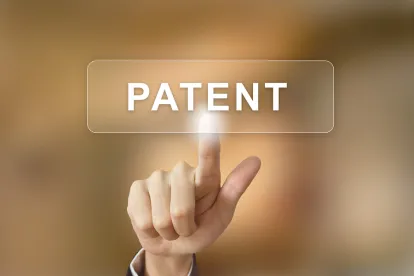Addressing the issue of claim preclusion, the US Court of Appeals for the Federal Circuit affirmed the district court’s holding that patent infringement customer lawsuits were precluded in view of a prior action against a website proprietor that was dismissed with prejudice and involved the same patents and accused product. In re: PersonalWeb Techs, LLC, Case No. 19-1918 (Fed. Cir. June 17, 2020) (Bryson, J.).
The patents at issue, referred to as the “True Name” patents, are directed to systems creating a substantially unique identifier for each data item through the use of hash functions. In 2011, PersonalWeb sued Amazon and one of Amazon’s customers, Dropbox, for patent infringement in the Eastern District of Texas based on use and sale of the Amazon Simple Storage Service (S3). After the district court issued its claim construction order, PersonalWeb stipulated to the dismissal of all claims against Amazon with prejudice. PersonalWeb had previously dismissed its claims against Dropbox without prejudice.
In 2018, PersonalWeb filed dozens of new lawsuits in various district courts against many of Amazon’s customers, alleging infringement of the True Name patents based on use of the S3 product. Amazon intervened and filed a declaratory judgment action to bar PersonalWeb’s lawsuits based on the Texas action. Amazon subsequently moved for summary judgment in its declaratory judgment action and partial summary judgment in PersonalWeb’s infringement action against Twitch. The district court granted the motion in part, holding that claim preclusion barred PersonalWeb’s infringement claims prior to the final judgment in the Texas action and the Kessler doctrine barred such claims after the final judgment in the Texas action. The district court dismissed eight customer cases as a result of its ruling. PersonalWeb appealed, raising two primary challenges:
-
Claim preclusion was inapplicable because the Texas action and instant action involved different causes of action.
-
The Kessler doctrine was inapplicable because Amazon was not an “adjudged non-infringer.”
The Federal Circuit rejected both challenges. Turning first to the issue of claim preclusion, the Federal Circuit held that the Texas action and instant action related to the same set of transactions. In both actions, PersonalWeb alleged infringement based on the use of the same Amazon S3 product. The Court explained that a cause of action is defined by the transactional facts from which it arises and the Court considers the extent of the factual overlap between the two alleged claims at issue. To assess factual overlap in patent cases, the Court considers “overall of the product or process accused in the instant action with the product or process accused in the prior action” and whether the same patents are involved in both suits. Different arguments or assertions in support of liability do not all constitute separate claims.
Turning to the Kessler doctrine, the Federal Circuit held that non-infringement or invalidity does not have to “be actually litigated” before the Kessler doctrine can be invoked. The Court explained that the Kessler doctrine “fills the gap” left by claim and issue preclusion, by “allowing an adjudged non-infringer to avoid repeated harassment for continuing its business as usual post-final judgment in a patent action where circumstances justify that result.” The scope of the “limited trade right” attaches to the product itself and extends to protect any products for which the manufacturer establishes a right to not be sued for infringement. The Federal Circuit found that the with-prejudice dismissal in the Texas action protected Amazon’s S3 product from subsequent infringement challenges, even when those challenges were directed at Amazon’s customers rather than Amazon. The Court noted that if a plaintiff wishes to settle an infringement action while preserving its rights to sue the same or other parties in the future, it can do so by fashioning the dismissal agreement to preserve any such rights to which the defendant is willing to agree.




 />i
/>i
